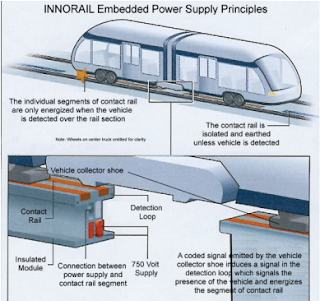Figure 1: Two designs for adjustable mounting assembly created this spring semester.
Once the designs were finalized, I was in charge of fabricating the frame with a slight curve (Radius = 3ft) for the solar panels to fit inside. A prototype was made first in order to work out anything that could potentially be an issue. Afterwards, adjustments were made to the rails to allow for more room for the panels to slide in. The fiberboard that was intended to be screwed onto the curved ribs were taken out because it was decided that it was not necessarily needed after the prototype was made. One of the reasons why fabrication did not start earlier was due to the tools that needed to be acquired before starting. Figure 2 shows a few of the tools needed for the project.
Figure 2: Tools needed for the project (on the left: bandsaw, on the right: tablesaw)
Since the tools have been acquired. All components have been fabricated and assembled. Figure 3 shows the components being completed in bulk. The prototype allowed for all the measurements to be finalized before fabricating them all at once. As of today, the framing assembly has been completed and painted, waiting for further assembly at the Superway design center.
Figure 3: Components were tested before all being fabricated simultaneously.



